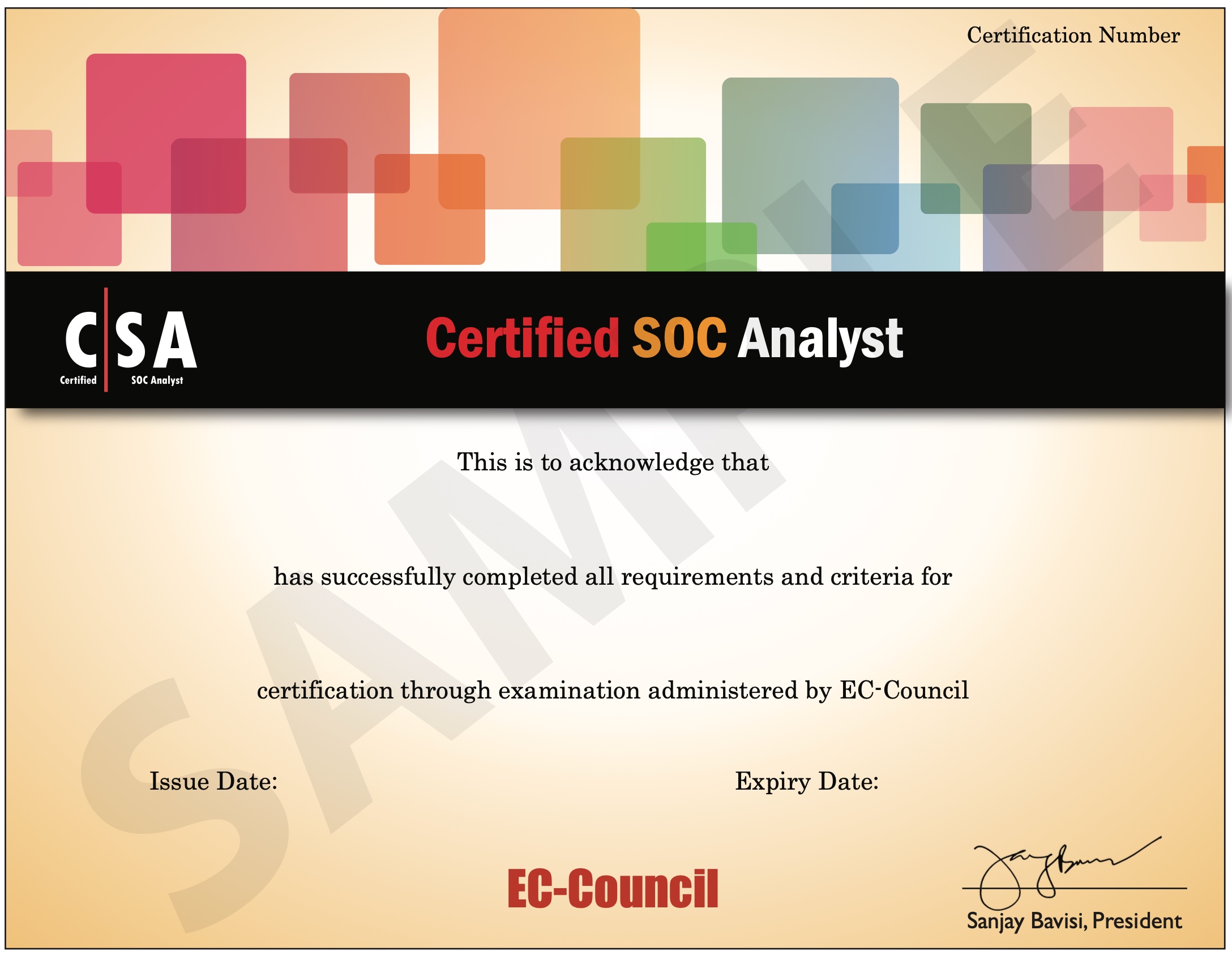Certified Cloud Security Engineer (C|CSE)
Course Overview

Cyber criminals are increasingly targeting cloud services due to the large volumes of data stored and processed. While cloud computing offers numerous benefits to streamline and scale up business operations, it is not free of challenges or security concerns. Cloud security has emerged as a top priority for organizations.
Prioritize often-overlooked and critical aspects scoping engagements, understanding design, estimating effort, and presenting findings. Develop the mindset of well rounded, versatile professionals and lead red teams with offensive security skills.
When a breach occurs in the cloud, there are chances of sensitive information getting exposed, stolen, or compromised, potentially resulting in significant financial losses and reputational damage. The shared responsibility model is a major contributor to cloud security risk.Cloud providers are responsible for protecting the foundation, while clients/customers need to take steps to protect their data and applications in the cloud. Furthermore, misconfigurations, weak security measures, or a lack of security updates also add to the security risks in the cloud.
Learning Outcomes
Learn to secure cloud applications through proper authentication, authorization, and secure coding practices.
Master data protection techniques including encryption, data classification, and secure data handling in cloud environments.
Understand cloud storage security models, access controls, and best practices for securing data at rest and in transit.
Learn systematic approaches to cloud penetration testing including reconnaissance, vulnerability assessment, and exploitation techniques.
Understand the division of security responsibilities between cloud providers and customers across different service models.
Develop skills in implementing and managing security operations centers (SOC) and security monitoring in cloud environments.
Master incident response procedures, forensic analysis, and evidence collection techniques specific to cloud environments.
Learn to design and implement secure cloud infrastructure with proper security controls and monitoring systems.
Understand the physical and logical security controls, network architecture, and operational procedures in cloud data centers.
Develop expertise in managing security across multiple cloud providers and implementing consistent security policies.
Master IAM concepts including user management, role-based access control, and multi-factor authentication in cloud platforms.
Identify and assess common cloud security threats, vulnerabilities, and risk mitigation strategies across different cloud environments.
Exam Information
Professional Instruction, Comprehensive Courseware, Hands-on Labs, and Certification Examination Vouchers are all included in the program fee.
Participants will receive 1 full year’s access to the training materials and access and reinforce skills and abilities learned throughout the year.
Practice and hone Cloud Security skills with 6 months of access to the hands-on labs.
Participants who successfully pass the certification exam receive a certification and digital badge.
Course Content & Modules
Introduction to Cloud Security
This module provides a basic understanding of cloud computing and its service models, including the various threats and vulnerabilities found in the cloud. It highlights various factors for evaluating service providers and understanding the shared security responsibility model of service providers. Understanding the shared responsibility model provided by the cloud service provider is essential to configuring the cloud environment securely and protecting organizational resources.
Platform and Infrastructure Security in the Cloud
This module explains the key components and technology that make the architecture of the cloud and the various techniques involved in securing the multi-tenancy, virtualized, physical, and logical cloud components. It demonstrates the configurations to secure the physical data center. Users can learn the best practices to secure the workload, computing resources, and networks in the cloud. This module demonstrates the use of various services and tools provided for network and computing security in Azure, AWS, and Google cloud.
Application Security in the Cloud
This module focuses on securing cloud applications, from designing to deployment of an application in the cloud. It explains the changes in the Secure Software Development Life Cycle (SSDLC) in the cloud. It shows how service providers’ identity and access management features help implement authentication and authorization and restrict unauthorized users from accessing cloud resources. It teaches the implementation of security controls throughout the software development life cycle. This module highlights integrating security into DevOps and the continuous integration/continuous deployment (CI/CD) model for developing and deploying cloud applications. This module demonstrates the use of various services and tools provided for application security in Azure, AWS, and Google Cloud.
Data Security in the cloud
Data security is the major concern while migrating to the cloud. This module covers the basics of cloud data storage, its life cycle, and various controls to protect data-in-rest and data-in-transit in the cloud. This module includes data storage features and various services and tools for securing the data stored in Azure, AWS, and Google Cloud.
Operation Security in the Cloud
This module includes the security controls for building, implementing, operating, managing, and maintaining physical and logical infrastructure for cloud environments. It covers the services, features, and tools AWS, Azure, and Google Cloud provide for operational security.
Penetration Testing in the Cloud
This module demonstrates how to implement a comprehensive penetration testing methodology for assessing the security of an organization’s cloud infrastructure. It demonstrates the various services and tools used to perform penetration testing in AWS, Azure, and Google Cloud.
Incident Detection and Response in the Cloud
An incident response (IR) plan is crucial to prevent security breaches in the cloud. This module describes the incident response life cycle and highlights the considerations for responders in each phase of the IR plan in a cloud environment. It highlights the use of SOAR in automating incident response in the cloud. This module explores the incident response capabilities provided by AWS, Azure, and Google Cloud. It demonstrates various tools and services for incident detection and response.
Forensics Investigation in the Cloud
Access to forensic data and the forensic investigation process in a cloud computing environment differ from the network forensic investigation process. This module highlights various cloud forensic challenges and data collection methodologies. It demonstrates how to investigate security incidents in the cloud using various tools provided by AWS, Azure, and Google Cloud.
Business Continuity and Disaster Recovery in the Cloud
Business Continuity and Disaster Recovery (BC/DR) is important in the cloud because a third party manages the resources. This module teaches the role of the business continuity and disaster recovery plan in the cloud. It explains backup and recovery tools and the services and features provided by service providers such as AWS, Azure, and Google Cloud to prepare and manage outages to ensure business continuity.
Governance, Risk Management, and Compliance in the Cloud
This module highlights the standards, policies, and legal issues related to the cloud. It highlights various legal and compliance issues found in a cloud environment. It discusses various cloud security standards and audit planning in the cloud. It demonstrates the features, services, and tools for compliance and auditing in Azure, AWS, and Google Cloud.
Standards, Policies, and Legal Issues in the Cloud
This module highlights the standards, policies, and legal issues related to the cloud. It highlights various legal and compliance issues found in a cloud environment. It discusses various cloud security standards and audit planning in the cloud. It demonstrates the features, services, and tools for compliance and auditing in Azure, AWS, and Google Cloud.
Earn Your Industry-Recognized Certificate
Upon successfully passing the examination for this course, participants will be awarded a certificate, an example of which is shown below.




